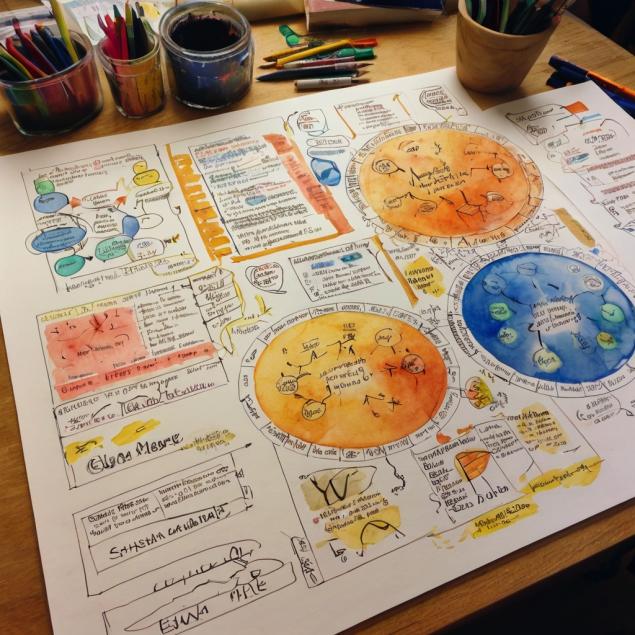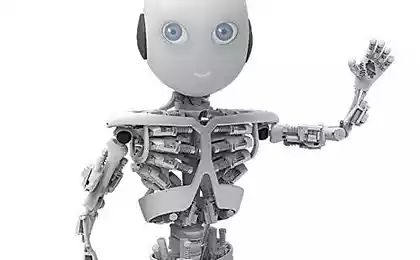221
13 Ways to Explain Things So You Can Be Understandd and Heard

The ability to explain complex things clearly is a real art that anyone can master. Whether you’re a teacher, a supervisor, or just looking to improve your communication skills, these techniques will help you communicate your thoughts clearly and effectively.
Why do we often not understand each other?
According to research from Stanford University, about 70% of information is lost when transferred from one person to another. The main reason is the gap between what we want to say and how the interlocutor perceives it. Let’s look at proven ways to overcome this barrier.
1. The Know-Feel-Do Method
Before you begin, answer three key questions:
- What should your partner (Know) know?
- What should he feel (Feel)?
- What should he do after your explanation?
2. The Minto pyramid principle
Barbara Minto, a consultant at McKinsey, has developed a method of structuring information: start with the main conclusion, then make supporting arguments, and then delve into the details.

3. The analogy technique
Metaphors and analogies are powerful tools of explanation. For example, the immune system is like an army protecting the state. Studies show that information associated with familiar concepts is absorbed 40% better.
4. Rule 3C: Simple, Specific, Sequential
Adhere to three principles:
- Simple – Avoid jargon and complex terms
- Specificity – Use accurate examples
- Sequential – Build a logical chain
5. Active listening method
An explanation is a dialogue, not a monologue. Periodically check the understanding of the interlocutor, ask clarifying questions, ask to paraphrase your words.
6. Visualization
According to MIT research, the human brain processes visual information 60,000 times faster than text. Use charts, diagrams, drawings.

7. What-Why-How technique
Structure the explanation into three levels:
- What is this?
- Why does it matter?
- How does it work?
8. The principle of cognitive load
Break down complex information into parts. Psychologists say that the optimal number of new elements for perception is 5±2.
9. Storytelling
Stories are remembered 22 times better than dry facts. Use real examples and case studies to illustrate your ideas.
10. Technique "I want to know - I know"
Start by determining the basic knowledge of the interlocutor, find out his interests and sum up after the explanation.
11. Emotional intelligence
Consider the emotional state of the interlocutor. Studies show that information is better absorbed when a person is in a positive mood.
12. Method of contrasts
Compare new information with opposite examples. Contrast helps to better highlight key features.
13. The principle of feedback
Regularly check the effectiveness of your explanations and adjust the approach based on the results obtained.
Conclusion
Effective explanation is a skill that develops with practice. Combine different methods, take into account the characteristics of the audience and do not forget about the importance of emotional connection with the interlocutor. Remember, the purpose of explanation is not to demonstrate your knowledge, but to help the other person understand and assimilate the information.
How to get rid of junk in the apartment and in the head: make room for joy!
Stay away from them! 4 Types of People to Avoid























